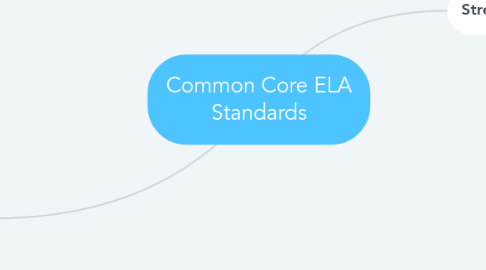Common Core ELA Standards
by Lewis Roberts

1. Strengths
1.1. The incorporation of the informational text standards have allowed for more conversations with science and social studies teachers about incorporating literacy and literacy strategies into their lessons. Students are getting taught literacy strategies reinforced in multiple subject areas.
1.2. Provides a core set of skills that students should be able to do at the end of each grade level. This helps teachers when planning vertically and aligning curriculum.
1.3. Allows for the ability to integrate various standards and promotes problem-solving and reasoning skills with our students.
2. Challenges
2.1. The standards do not take into account the varying and diverse needs of learners. For example, in our middle school, we serve 1100 students, and 36% are ELL learners. Meanwhile, two miles down the road, the middle school serves 600 students with a 5% ELL population. Often these students struggle to meet the complex demands of these standards due to where they are in the language acquisition process.
2.2. Our middle school encompasses a large migrant and refugee population, 51% low income, 11% IEP, and a varied racial and ethnic makeup. These standards operate under the assumption that students arrive at a specific grade level with a certain bank of knowledge. These assumptions negatively impact students and schools in lower socio-economic communities that serve students who may arrive at school two to three years behind for a myriad of reasons. They also do not take into account the varying resources and access to learning that exist in our local communities.
2.3. Our schools have varying degrees of teacher turnover. The turnover in our Title I schools is higher, and on average, the middle school I lead turns over eight teachers a school year. This means that ongoing professional development must be provided to new teachers regarding the standards. I would argue that veteran teachers should also continue to receive professional development regarding the CCSS. This includes unpacking the standards, determining what the standard is asking of students, and designing quality learning experiences and aligned materials that elicit the full extend of the standard.


